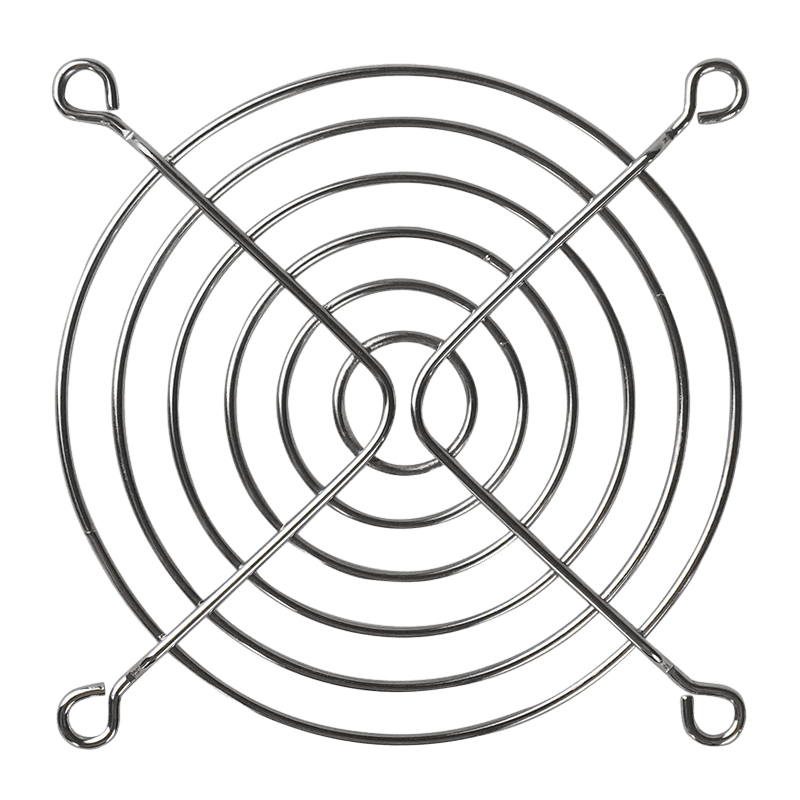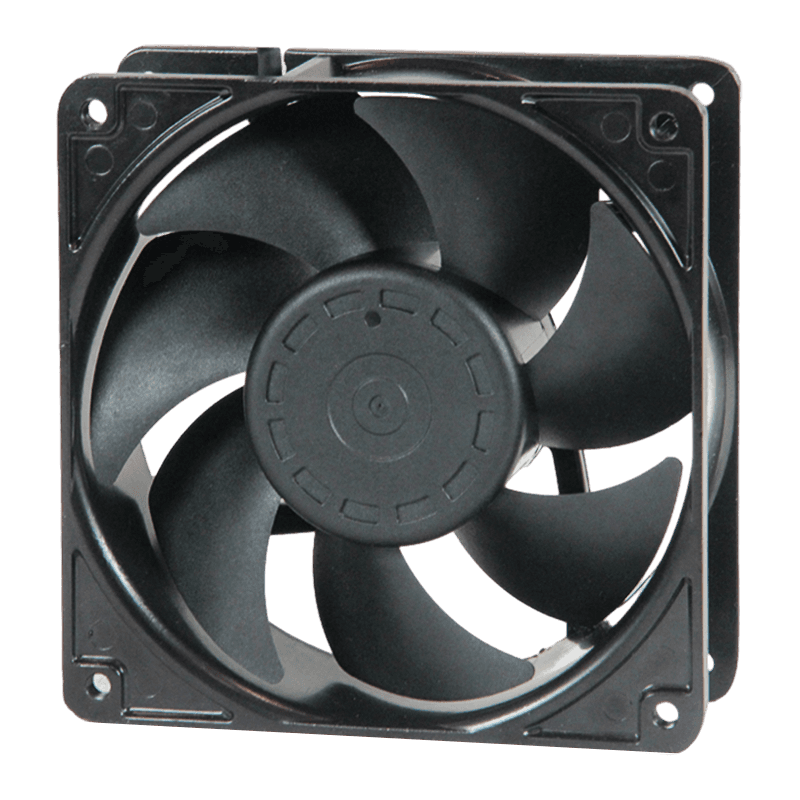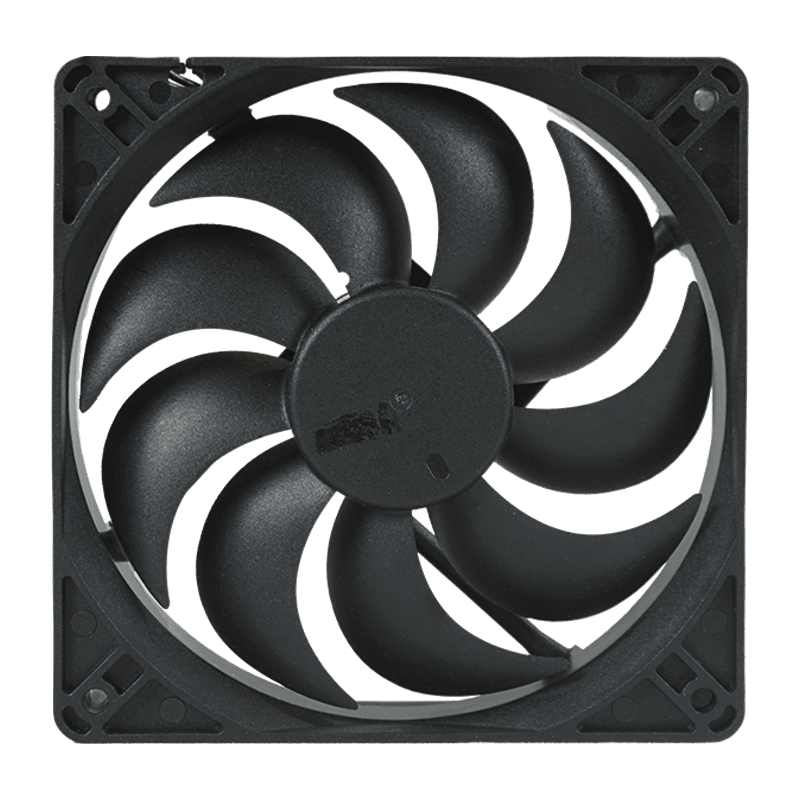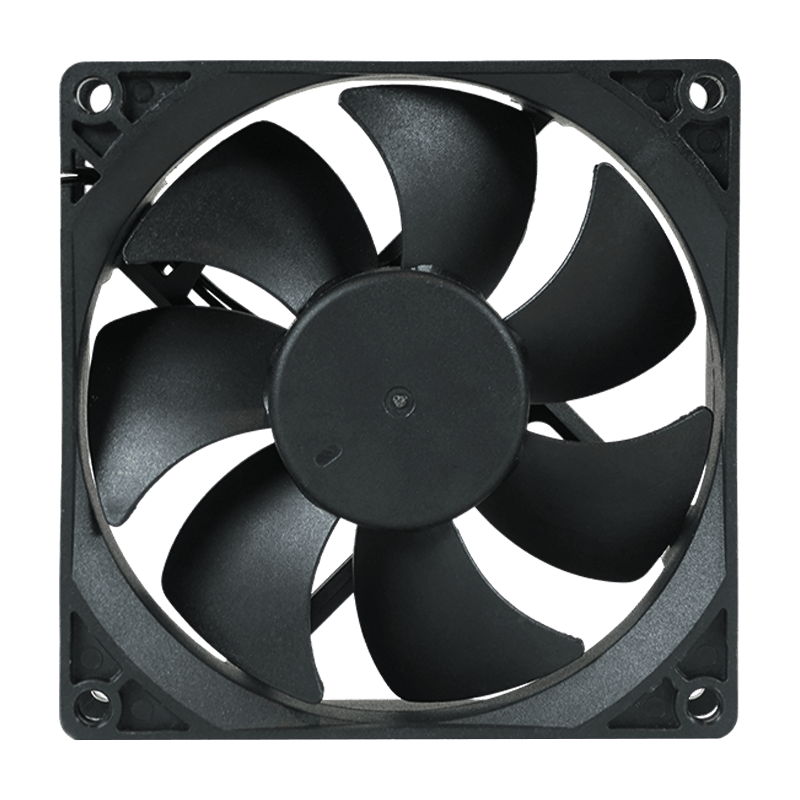One of the key drivers for the increased use of DC radiator fans is the growing emphasis on energy efficiency. With global efforts to reduce energy consumption and carbon emissions, cooling systems are expected to operate with greater efficiency and lower power usage. Compared to traditional alternating current (AC) fans, DC radiator fans offer higher energy efficiency due to their ability to control fan speed more precisely and adjust performance to match cooling demand.
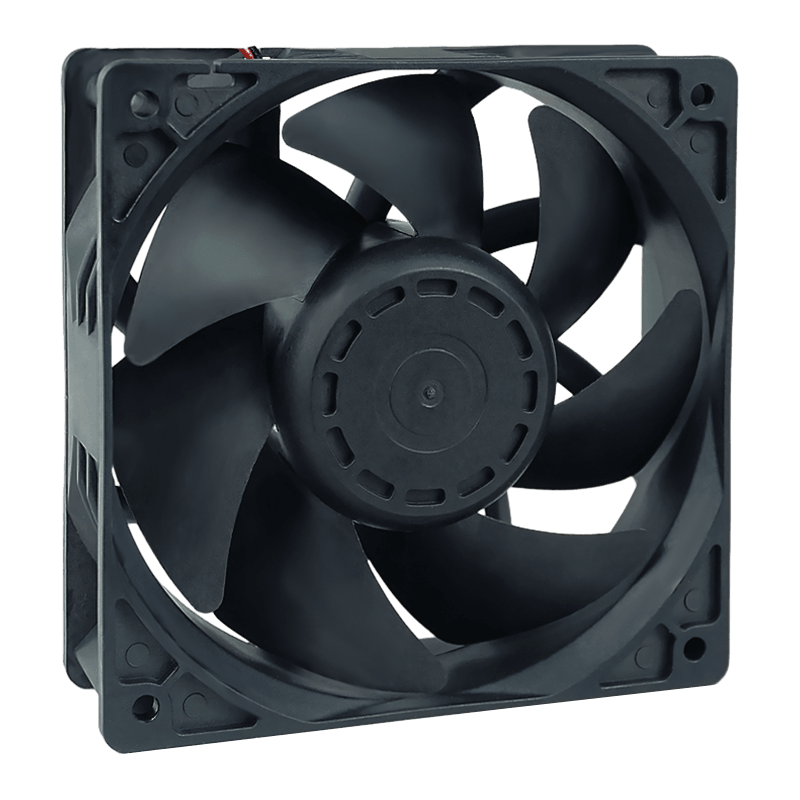
This efficiency is particularly beneficial in applications where power supply is limited or power savings directly impact system sustainability, such as in solar-powered systems, electric vehicles, and portable electronics.
In addition to energy efficiency, noise control has become an important design consideration in modern equipment. Systems used in office spaces, medical environments, or residential settings must operate quietly. DC radiator fans support this requirement because they often use brushless motors and pulse-width modulation (PWM) controls, which reduce noise levels during operation.
The opportunity for DC radiator fans to appear in consumer electronics, HVAC systems, and home appliances continues to grow as end users prioritize both performance and comfort. Manufacturers increasingly rely on DC radiator fans to deliver consistent airflow with minimal acoustic impact.
The automotive industry presents a major opportunity for the deployment of DC radiator fans, especially with the shift toward electric and hybrid vehicles. These vehicles require sophisticated thermal management systems for both the battery and the powertrain. DC-powered fans offer the advantage of drawing power directly from the vehicle's DC electrical system, eliminating the need for additional power conversion hardware.
Additionally, the precise speed control enabled by DC radiator fans improves temperature regulation and extends component life. The integration of such fans contributes to overall vehicle efficiency and reliability, prompting automakers to include them as standard components in new models.
In solar, wind, and battery storage systems, power efficiency is paramount. Since these systems typically operate on direct current, DC radiator fans are inherently compatible and avoid energy losses associated with AC-to-DC conversion. Their application in inverters, charge controllers, and battery banks helps maintain operating temperatures, ensuring system stability and prolonging the life of critical components.
As renewable energy systems expand globally, the opportunity for DC radiator fans to be integrated into these systems becomes increasingly relevant. Their reliability, low power draw, and long service life make them an ideal choice for off-grid and remote installations.
Another advantage that contributes to the growing use of DC radiator fans is their compact design and integration potential. These fans are often used in tight spaces, such as server racks, telecommunications equipment, and small form-factor PCs. Manufacturers can choose from a wide range of fan sizes and configurations, including axial and centrifugal designs, to meet unique cooling requirements without compromising space or airflow.
By offering flexibility in speed, size, and mounting orientation, DC radiator fans are well-suited to modern product designs that emphasize space efficiency and modular construction.

 English
English 中文简体
中文简体 عربى
عربى